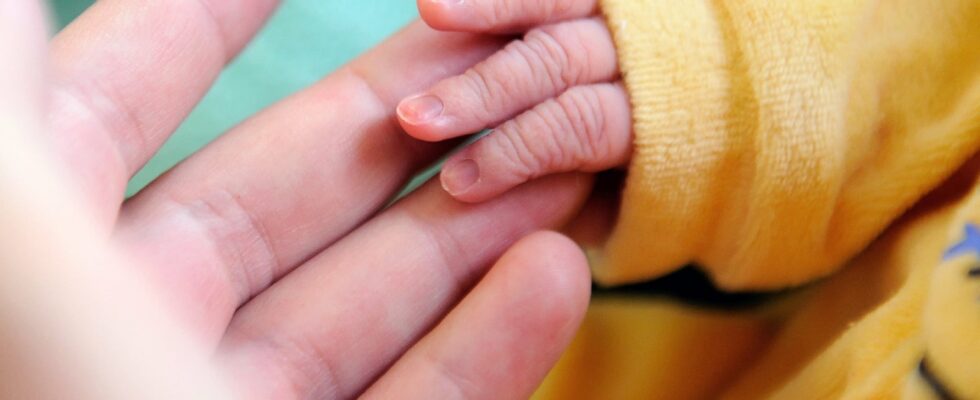663,000 births, or approximately 1.59 children per woman. These are the alarming figures from the demographic report for the year 2024, published this Tuesday, January 14 by INSEE, which demonstrate once again that France is not spared from the drop in the birth rate which is hitting most Western countries. Last year, France saw less than 10% of newborns compared to 2021 and less than 20% since 2010.
For the moment, France is not yet at the stage of demographic decline. The increase in the number of deaths (due to the aging of the baby boom generations) and the level of immigration make it possible to compensate for this historically low number of births. But the collapse in our birth rate is worrying.
“We cannot say that these figures surprised us because we follow the monthly data. We have been anticipating this fall for months,” points out Jean-Philippe Vallat, director of family policies at the National Union of Associations. family (Unaf), before adding: “Until now, there was a form of French exception in the birth rate. This era seems to be over.” At the beginning of the 2010s, France actually benefited from a higher fertility rate than its European neighbors, but the drop in this rate is dizzying. In 2024, it drops to 1.62 children per woman, its lowest level since 1919.
Sylvie Le Minez, head of the demographic and social studies unit at INSEE, notes that this decline is “a cyclical trend that we have been observing since the Covid-19 pandemic.” Problem, according to her: “We now find ourselves with a lasting situation.”
Fewer couples, fewer children
In an OpinionWay study for Unaf, around 60% of those questioned affirm that being in a stable couple is one of the essential conditions for having a first child. However, the number of couples is also decreasing from year to year. In a recent article, the Financial Times notes the widespread increase in singlehood in most countries around the world (with the notable exception of South Asia). According to the prestigious British economic daily, “we are witnessing a global recession in couples.” In other words, the reduction in the share of households made up of a couple (with or without children) would play an important role in the overall decline in the number of births. The article does not give any specific figures for France, but census data highlight a similar reality: since 2010, among the population aged 15 to 54, we have observed both an increase in the number of households composed of a single adult and a drop in the number of births.
But be careful, correlation is not causation. For Sylvie Le Minez of INSEE, it is “very complicated to define a single cause for this decline, even if anxiety, economic difficulties and the international security context certainly play a role.” Furthermore, the specialist pleads not to bury the French exception too quickly. On the one hand, we observe a downward convergence of birth curves in European countries; on the other, the decline in births continues throughout Europe and the fertility rate in France remains well above most of its neighbors, in particular Spain (1.25 children per woman in 2022) and Italy (1.19).
The fact remains that in most European countries, the birth rate is falling as is the number of households made up of a couple (with or without children).
In a study carried out at the end of 2023 for Unaf, the Vérian firm notes a very slight decrease in the “desire for children” of French people compared to 2020. To the question “What is the ideal number of children that you would personally like to have or would have liked to have?” respondents respond on average 2.27 (compared to 2.39 in 2020). Note that this figure is higher (2.46 children) for people who live as a couple. Jean-Philippe Vallat explains that if the desire to have a child remains fairly stable, the time of precariousness has lengthened. However, “having enough money” and “having suitable accommodation to accommodate a child” are also among the main criteria to meet to have a first child.
“Somehow, this is the least distressing aspect of the demographic report figures,” he points out, “because they are levers on which we can act more easily.” For Unaf, “demographic rearmament” must be achieved through public policies.
